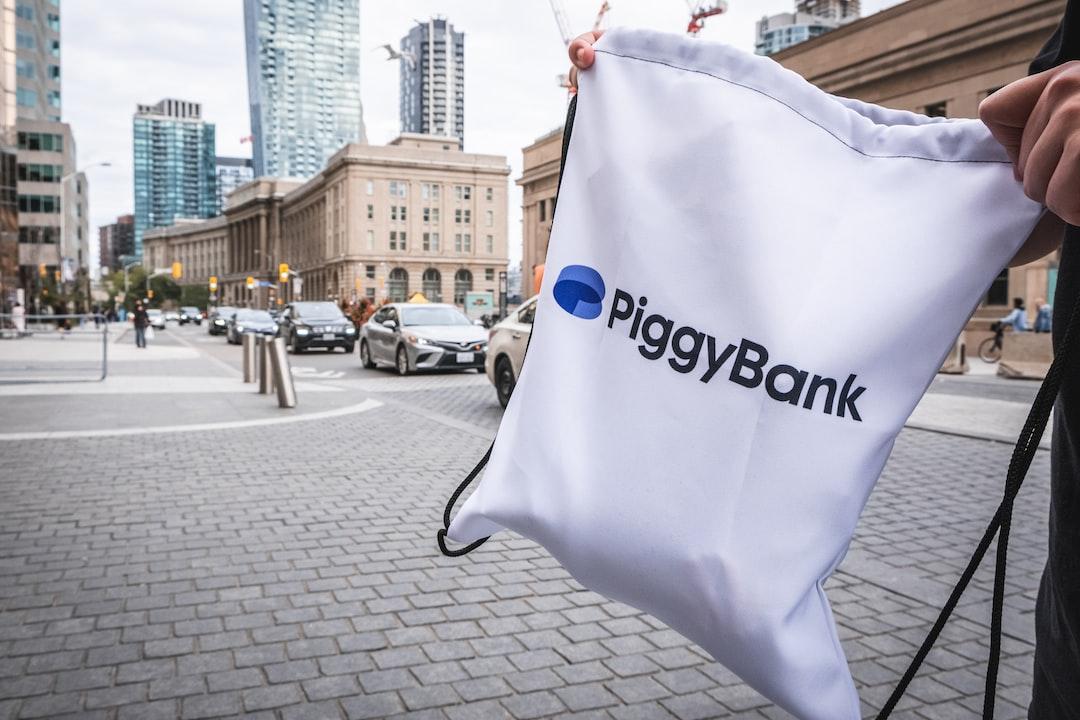On May 4th, Ethena updated its point bonus measures, which motivated the price (Implied APY) of Pendle YT-ENA to surge from 64% to 82%, indicating a strong market response to these measures. This article will analyze in depth the four investment strategies of Ethena’s second quarter and estimate the potential returns of each strategy to assist investors in making more informed decisions.
Table of Contents:
1. Holding and locking USDe
2. Investing in Pendle YT-USDe
3. Investing in YT-ENA
4. Investing in YT-ENA + YT-USDe
Ethena, the fastest-growing stablecoin project recently, updated its point (sats) bonus measures on May 4th, motivating the price (Implied APY) of YT-ENA on Pendle to surge from 64% to 82%, with a temporary report of 80% before the deadline. This shows the market’s enthusiastic response to these bonus measures.
The latest point bonus measures are as follows:
In the following sections, we will refer to Donovan Choy and Thor’s “Ethena Second Quarter Comprehensive Guide” from Bankless and analyze four different Ethena investment strategies and their potential returns. This analysis is intended to provide interested readers with comprehensive research preparation and does not constitute investment advice.
When estimating the potential returns of each strategy, it is necessary to estimate the total number of sats to be distributed after the end of the second quarter event on September 2nd. This will allow us to estimate our airdrop allocation and determine which strategy can provide the best returns. According to the Ethena official website, 1.76 trillion sats have already been distributed. Without considering the sats issued on CEX wallets for USDe or ENA, based on Choy and Thor’s calculations, the estimated scale of sats at the end of the second quarter event will reach approximately 10 trillion.
In addition, we assume that the FDV (Fully Diluted Valuation) of ENA will reach $20 billion (currently around $13.8 billion), and the airdrop allocation for the second quarter will be the same as the first quarter, which is 5%. This means that the value of the airdrop will reach $1 billion.
Estimation of the scale of points at the end of the second quarter:
If you only hold and lock USDe, you can earn 20 sats per day for every 1 USDe locked. This will eventually result in a 0.00051% airdrop distribution, equivalent to an income of $5,117. This represents a 25.59% return on investment (or 72.45% annualized return).
The table below does not consider the additional 20% point bonus that can be obtained by using OKX, Binance, Bybit, and Bitget Web3 wallets. Therefore, if you choose this strategy, it is recommended to use the above-mentioned CEX wallets to lock USDe for higher returns.
Investing in Pendle YT-USDe:
Following the previous article’s introduction of the ROI calculation method for investing in Pendle YT using the liquidity re-collateralization protocol Renzo as an example, the same concept applies to investing in other YT products. Pendle has USDe markets on Ethereum (expiring on 7/29), Arbitrum (expiring on 8/29), and Mantle (expiring on 7/29), where 1 USDe can earn 20 sats per day. The table below compares the ROI of investing in YT-USDe on these three chains. It can be observed that the APY on each chain is significantly higher than the first strategy’s 78.7%. In particular, the ROI on the Ethereum mainnet is the highest, with a profit of $50,469 for a cost of $20,000, resulting in a 468.56% return.
It is worth noting that Mantle has an additional earnings of 0.019 EigenLayer points per 1 USDe, which is not considered in the table below.
Investing in YT-ENA:
Next, you can also invest in Pendle’s ENA market, which is only deployed on the Ethereum mainnet. Each ENA can earn 30 sats per day, and with the leverage effect of YT points, it is estimated that the final airdrop distribution will be 0.00434%, resulting in a profit of $23,353 and an APY of 353.19%. Pendle interns have also made similar estimations today.
Although it is not as high as the over 400% annualized return of investing in YT-USDe, it is suitable for investors who are bullish on ENA and do not want to take the risk of USDe decoupling.
Investing in YT-ENA + YT-USDe:
Finally, let’s take a look at the strategy with the latest point bonus measures. This strategy allocates 50% of the capital to investing in YT-ENA and 50% to investing in YT-USDe. This means that a 100% point bonus can be obtained in the USDe position, earning 60 sats per day for every 1 USDe locked (it is not clear if the ENA position can also receive the bonus, so the table below conservatively estimates that it does not).
As you can see, this strategy on Arbitrum achieves the highest return, with a profit of $73,391 and an APY of 1,136%. This higher reward corresponds to the higher risk traders have to take by locking ENA.
Through detailed ROI calculations, this article explores the four strategies of Ethena’s second quarter, providing readers with a comprehensive guide to participating in Ethena’s second quarter points event and enhancing investors’ confidence and decision-making foundation for investing in YT. In addition, the article includes the Excel spreadsheet from Choy and Thor for interested readers to modify assumptions as needed.
It should be noted that under the new point bonus measures, there may be more severe inflation of points, which may dilute the airdrop distribution that the above strategies can achieve. In addition, the cost of on-chain operations and the performance of ENA prices are also crucial factors to consider.
Today, Ethereum L2 Mode also announced that the second quarter points event will introduce USDe and sUSDe. Readers interested in Ethena can pay attention to this as it may present potential dual investment opportunities.


